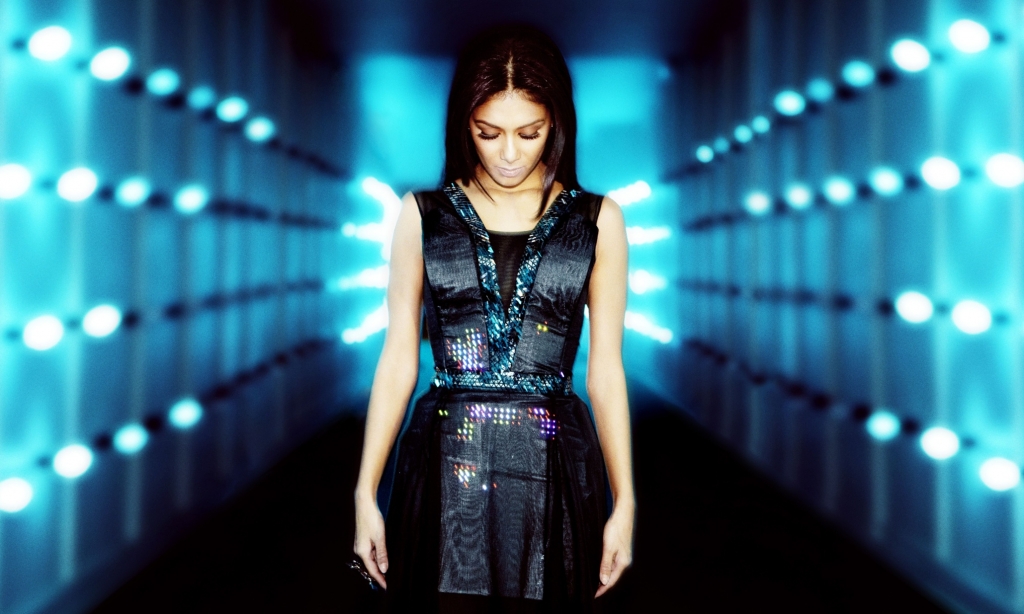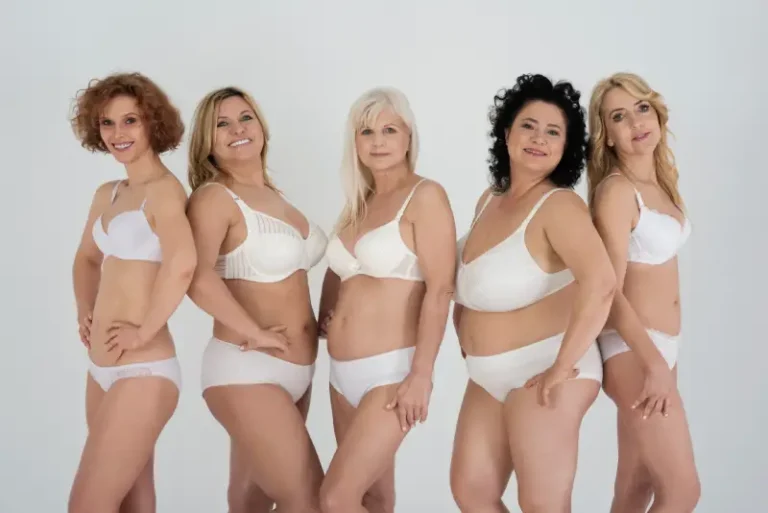
How Internet of Things will change the Fashion Industry?
The Wearable technology has become a trend in the last year. Among all the accessories that are worn by people following the trend, Fitness trackers and smartwatches stood out to be elegant as they also come with quintessential features like finding location, improving health, constant body monitoring, tracking the speed and keeping a record of all the statistical data. Keeping this in point, the fashion designers started exploring the smart technology in order to manufacture intriguing clothing and accessories. Therefore, that’s how the internet of things will change the Fashion industry. In a cryptic, platonic and a very regal way. For example, imagine yourself wearing a glowing dress. No, I don’t mean the glittering dress. But, the real glowing one with LEDs inserted in the fabric. When you catwalk on the ramp, you’re going to shimmer. This exactly is how Matt Drinkwater did with Studio XO. The Tinker Bell dress in Disney’s Peter Pan is made from the optic materials that are lit up in the dark by LED lights. On the other hand, one more exquisite dress is displayed at the New York Fashion Week of 2015, under the title, ‘iPhone dress’.
Innovations in Fashion Internet of Things (IoT)
This might sound a bit phonic and all rhetorical, but here’s the fun element. Lauren Bowker, fashion designer at The Unseen has actually created a material fabric that can change the pattern and color in response to the sensor system. Along with this, he also designed a dress that comprehends the emotions and interprets the human magnetism by recording brainwaves and changing according to them. This dress is further ornamented with a 4,000 piece gemstone to bring the ambience.
However, it is not only bound to clothing. Tag Heuer and likes has announced accessories and wearable gadgets that are induced with IoT apart from the smartwatches and the fitness trackers. They are also planning to design connected jewellery that can send notifications and alerts via vibrations like June Bracelet that tracks and displays statistics about your sun exposure. One more invention under this category is the Intel’s MICA $495 Bracelet. Intel also contributed the ‘Spider dress’ which is basically an amalgamation of robotics and sensors showing how the person is feeling inside. The best part of this dress is its inscribed ‘legs’ attack when someone comes too close or if you want to make room for the crowd. Apart from being aesthetic and visual, this dress is also weirdly funky functional? And guess who made it happen? Of course, the Internet of things.
Just like any other connecting devices, connecting clothing also creates new ways of communication and grooming. The possibilities that arise out of the new level of communication are incredible and equally exciting leading to a new environment of sensors. You can ask, where will this end? If the technology keeps evolving, what is going to be with the connected fashion? Who knows? Power could be spread across your body in a form of necklaces, earrings, anklets. It might even be distributed into your bras and panties, underwears. The research studies are dancing between two extremely opposite areas. On the other hand, as we know that Internet of Thing is going to be future, it’s entirely up to us. We can modulate our usage and do anything with it, say create interactive t-shirts that communicate without us opening our tongues.

Possible Challenges in Fashion Internet of Things
Here’s the problem. The designs that have been mentioned till now are technically advanced. But are they wearable? For sure you can wear a glowing dress on a red carpet? But can you wear in Mumbai Metro? So, this needs to be confronted. If you expect people to take a hike and have a sudden change in the trend by wearing smart clothes, it won’t happen. At least not for few years. Even if few people start trending these clothes, eventually the problem of ‘washing’ will become an issue. With LED lights inscribed in the fabric, it is not possible to wash them like we wash the clothes using a standard detergent. This makes them, an occasional wear or one time wear limiting them to the domain of richer class people. In order to change the fashion industry and make it smart by bonding it with Internet of Technology, there are few challenges which are to be confronted based on the contemporary fashion norms followed by the society. By addressing them one by one, we have a chalk and cheese fashion industry before us, thanks to the Internet of Things.





